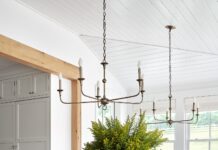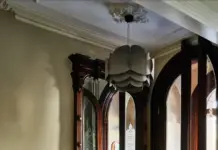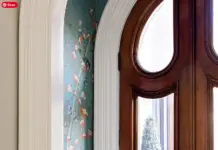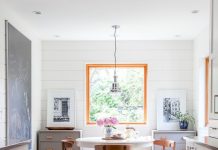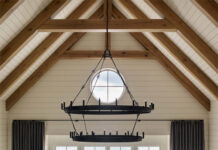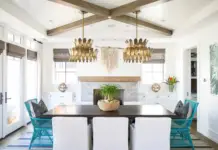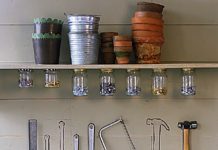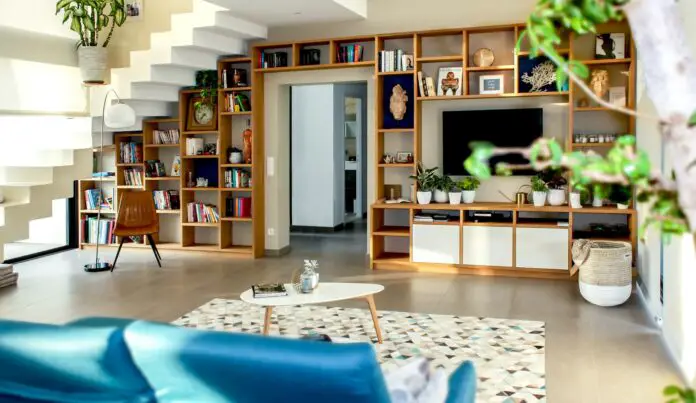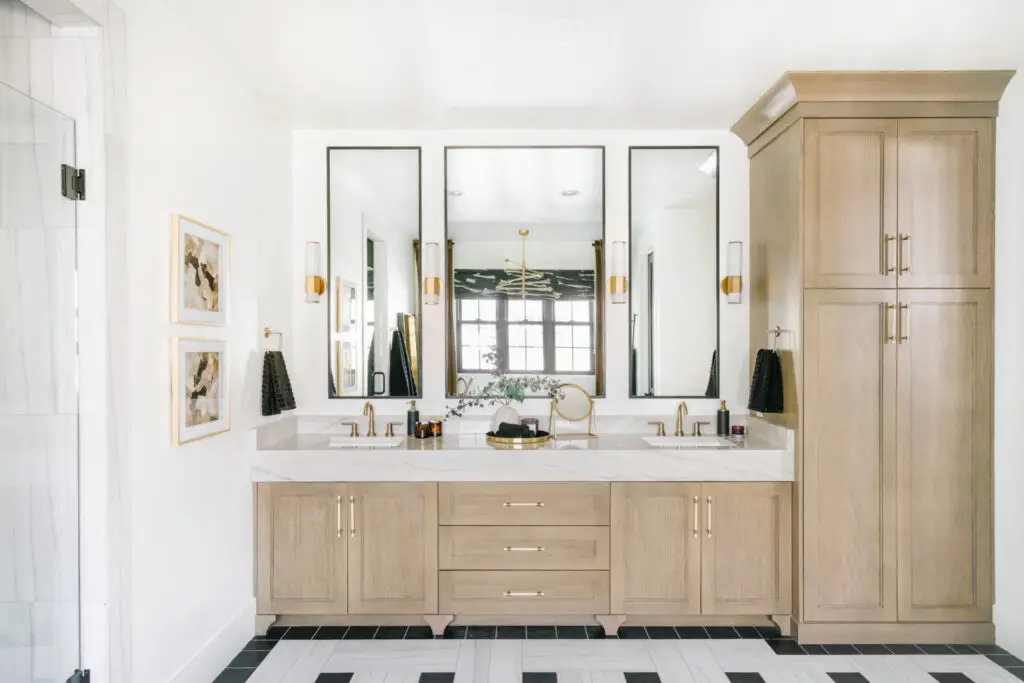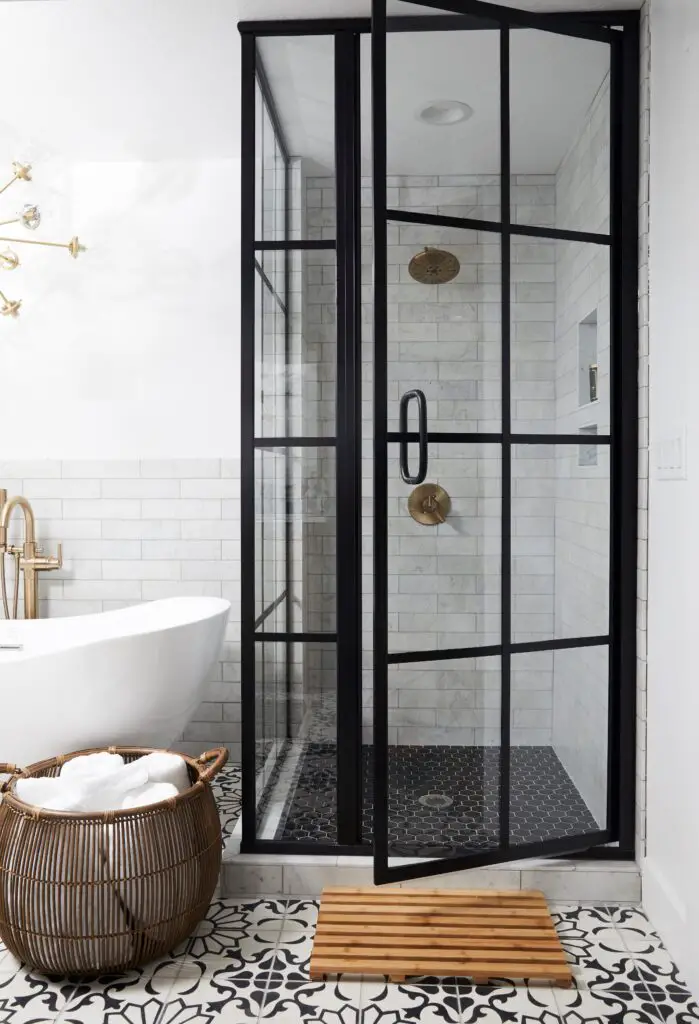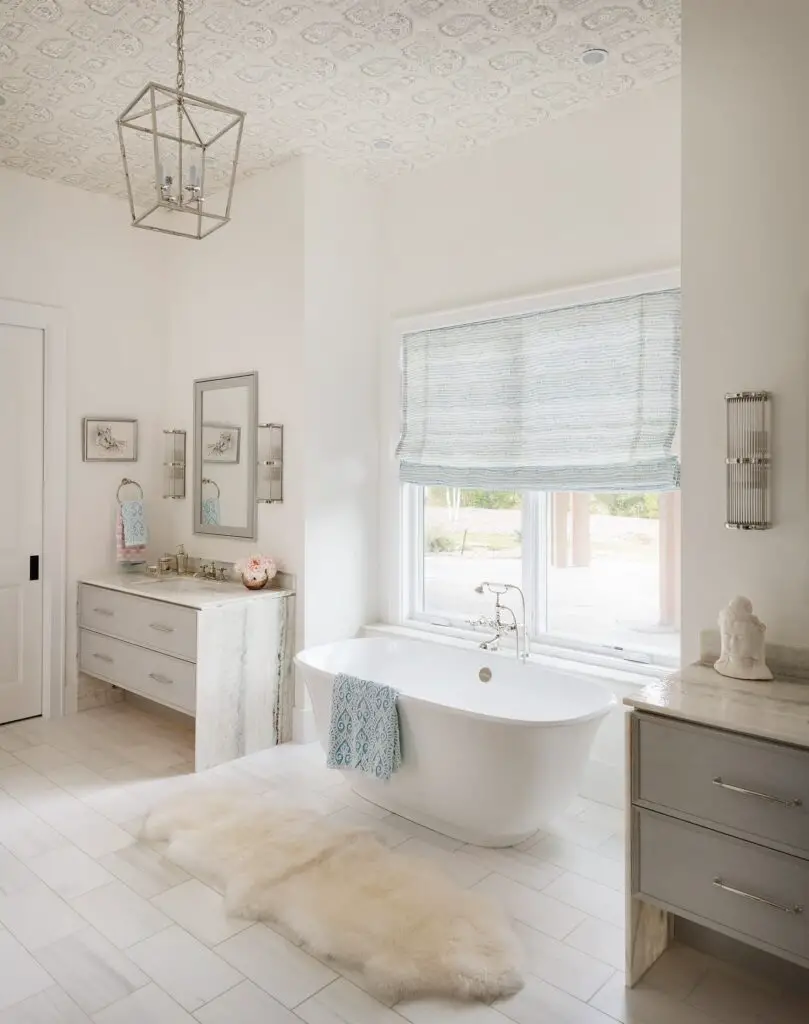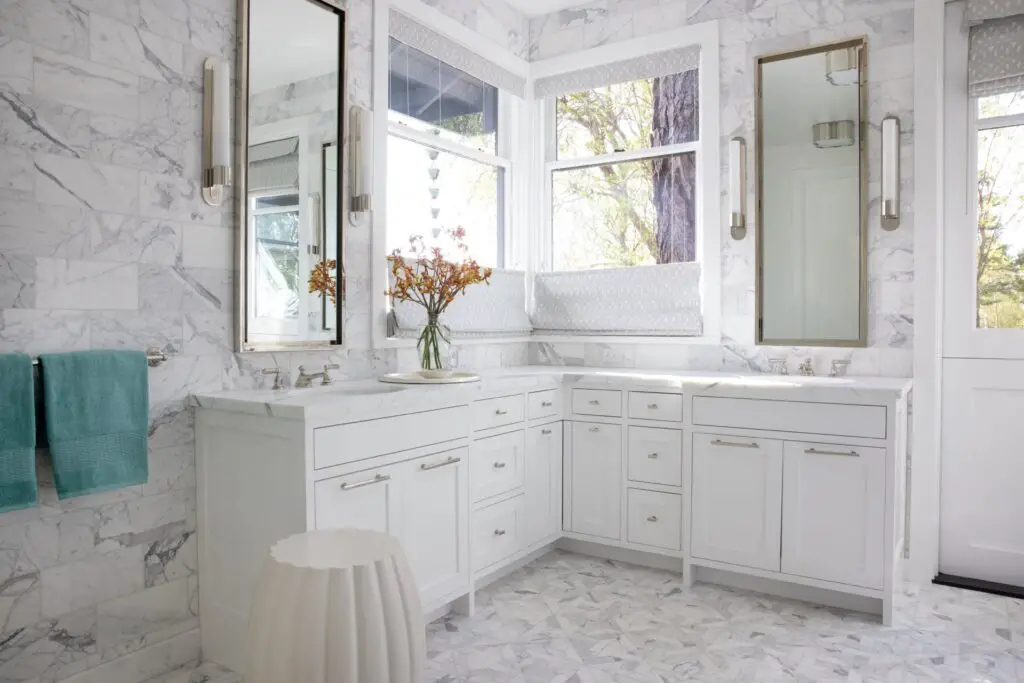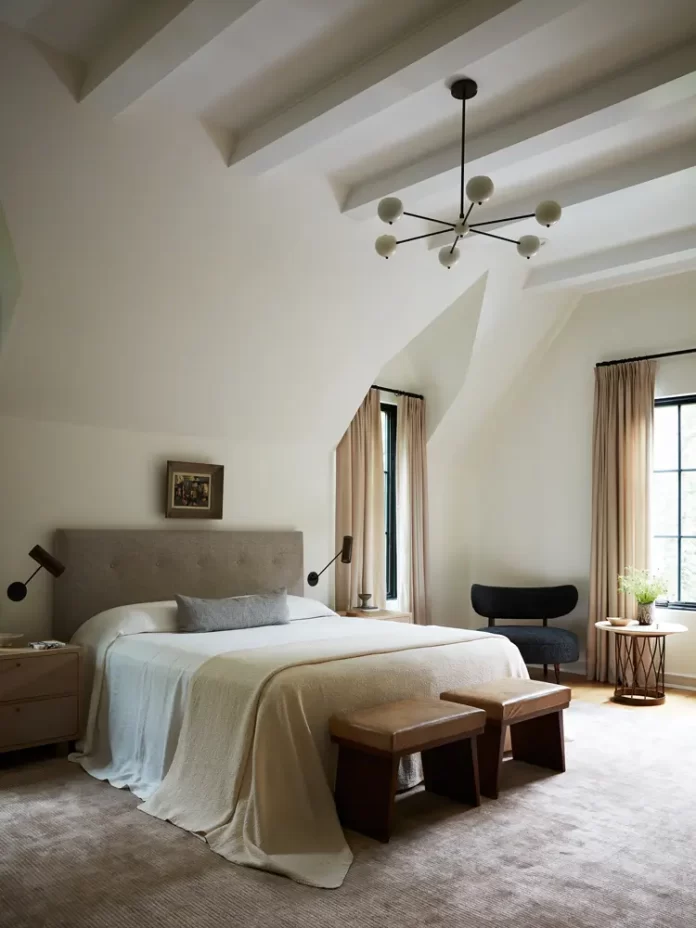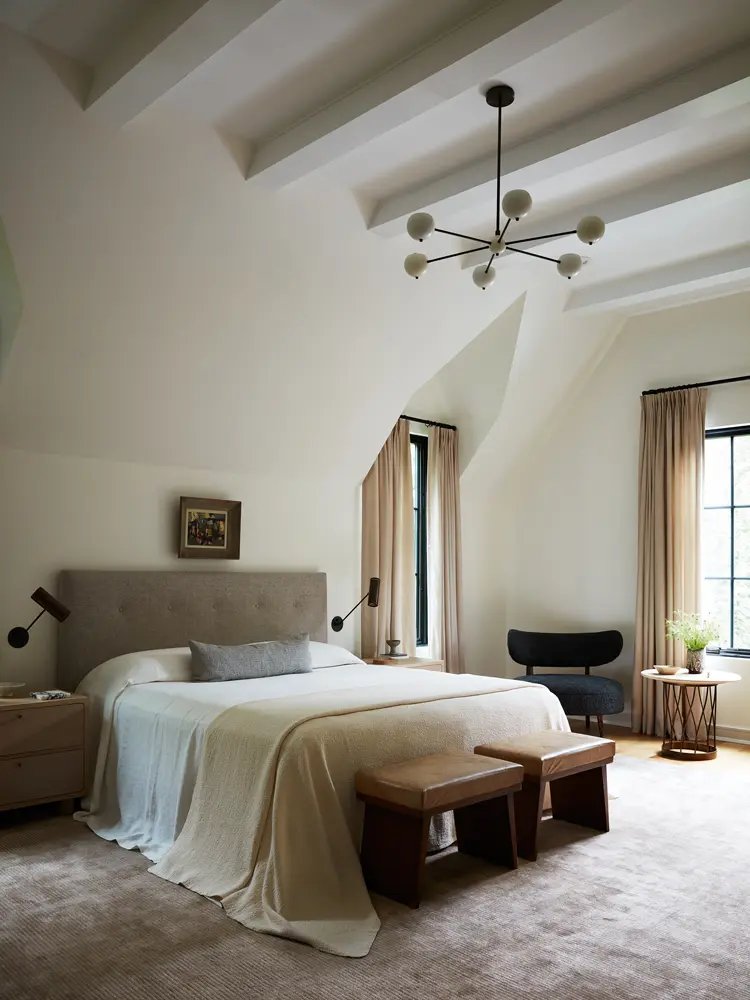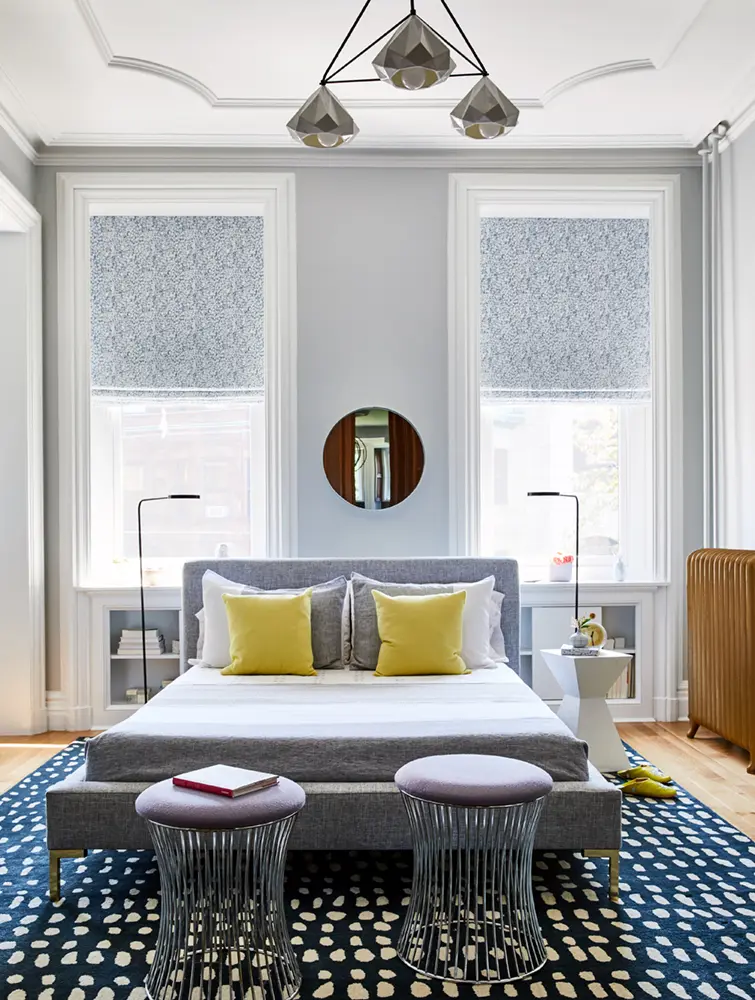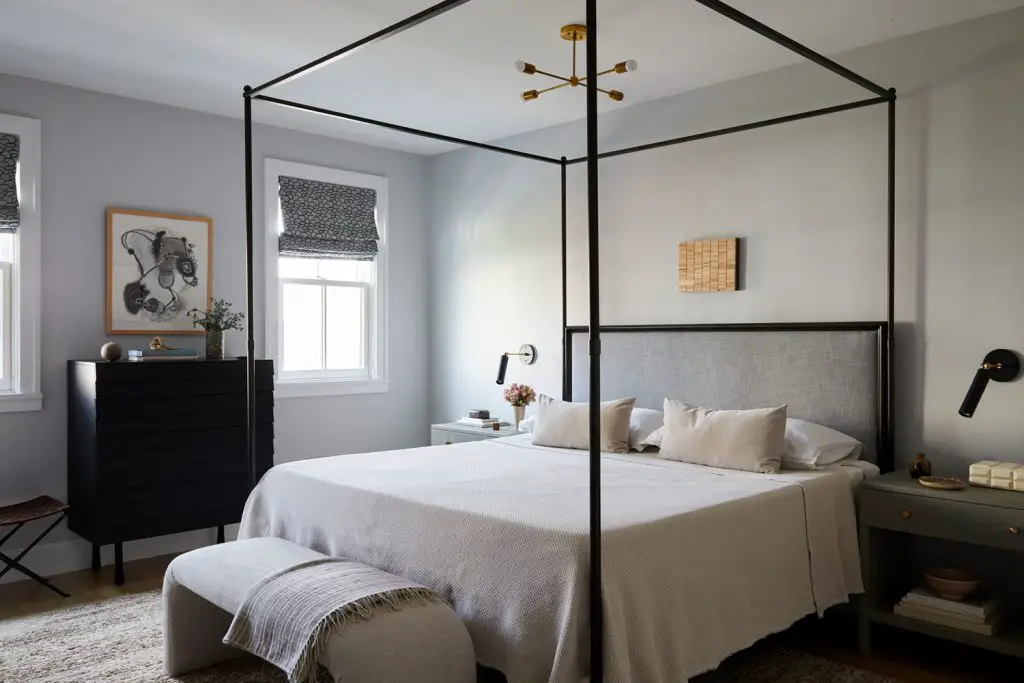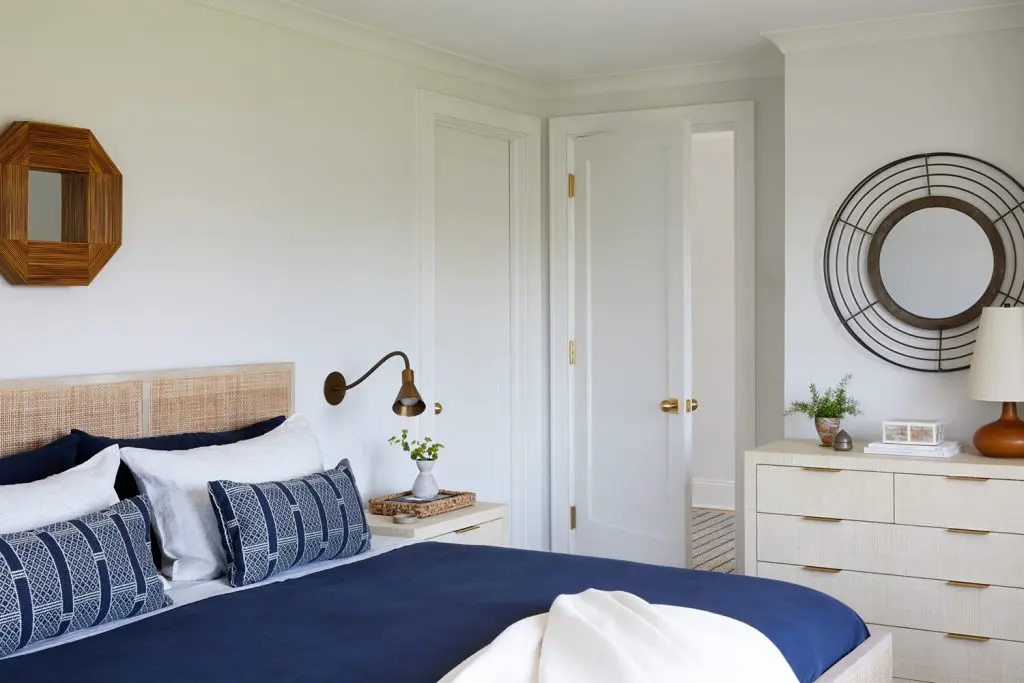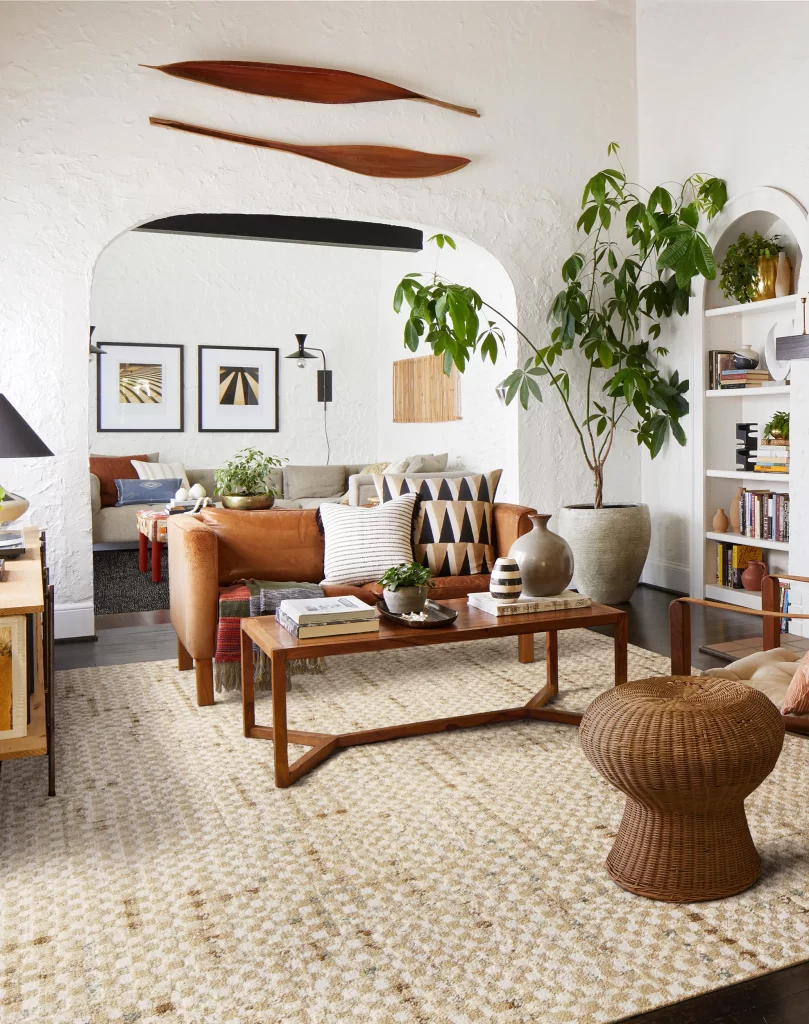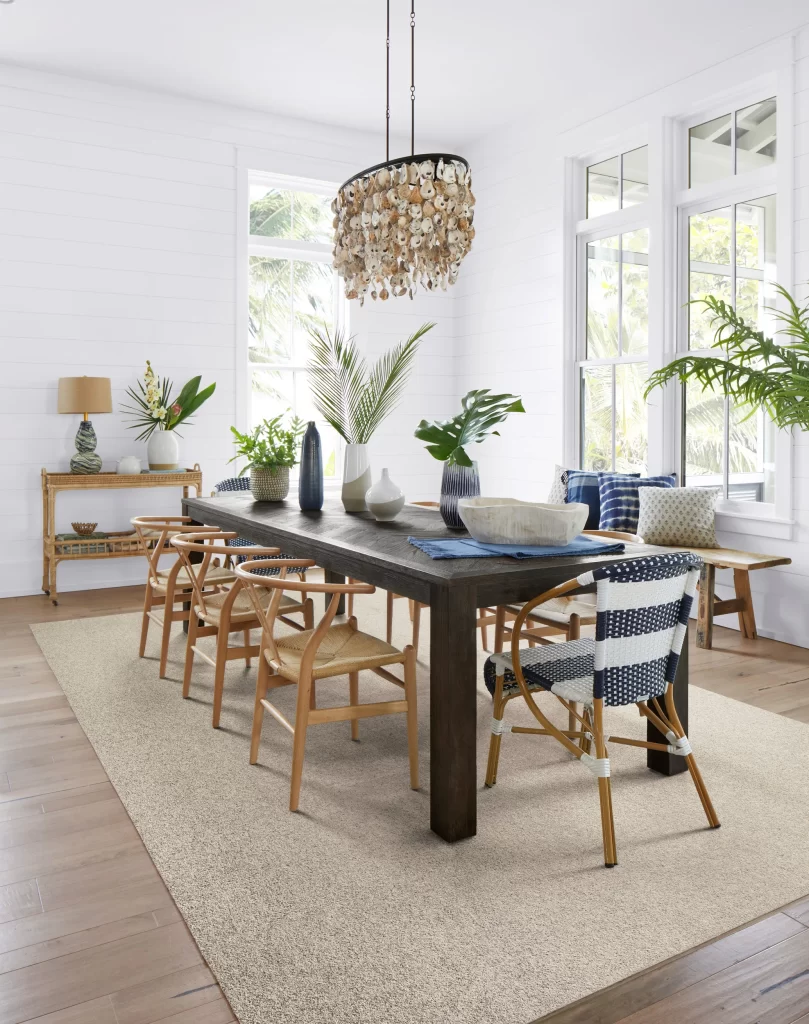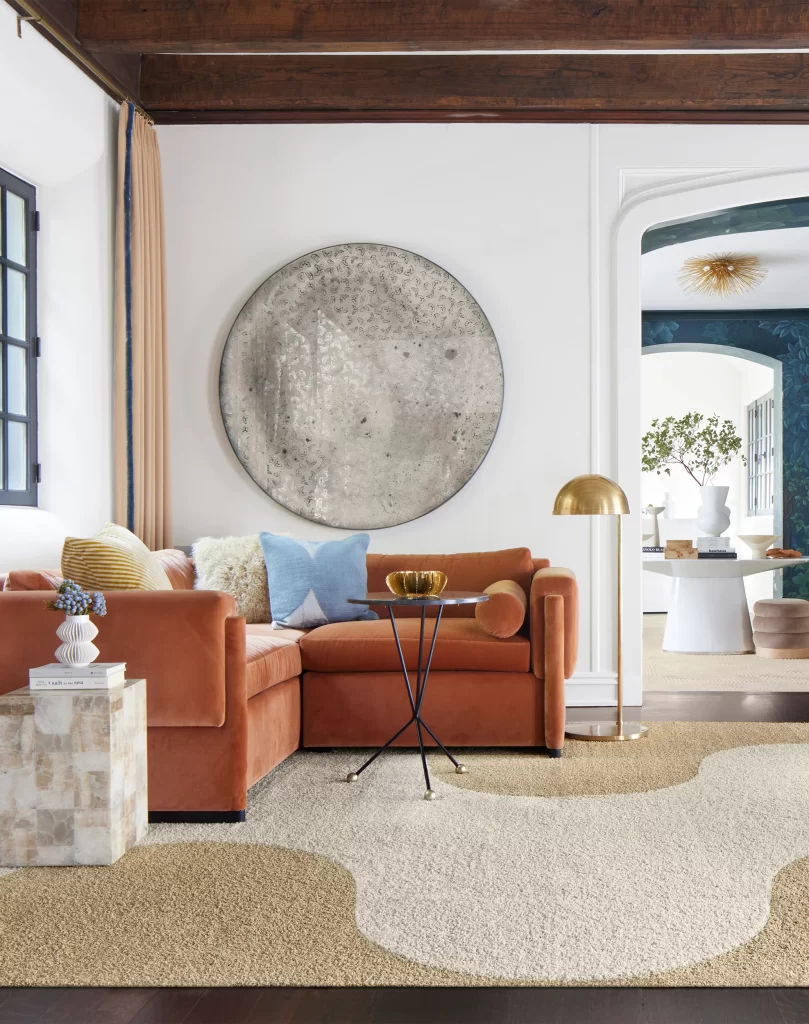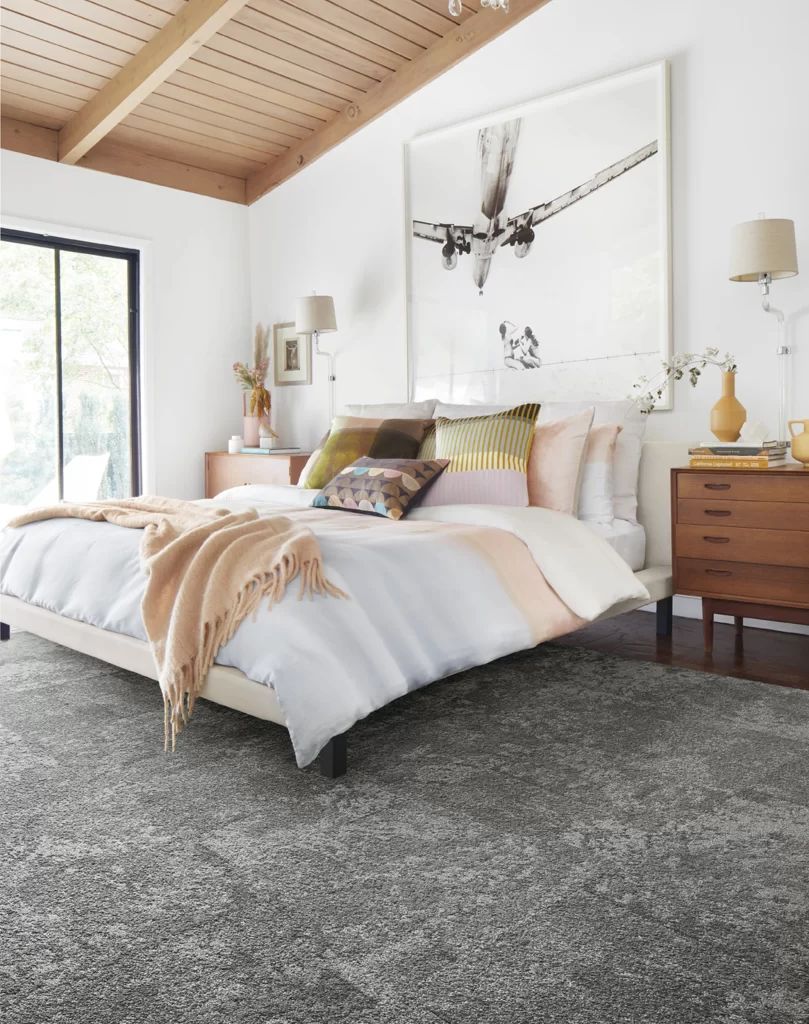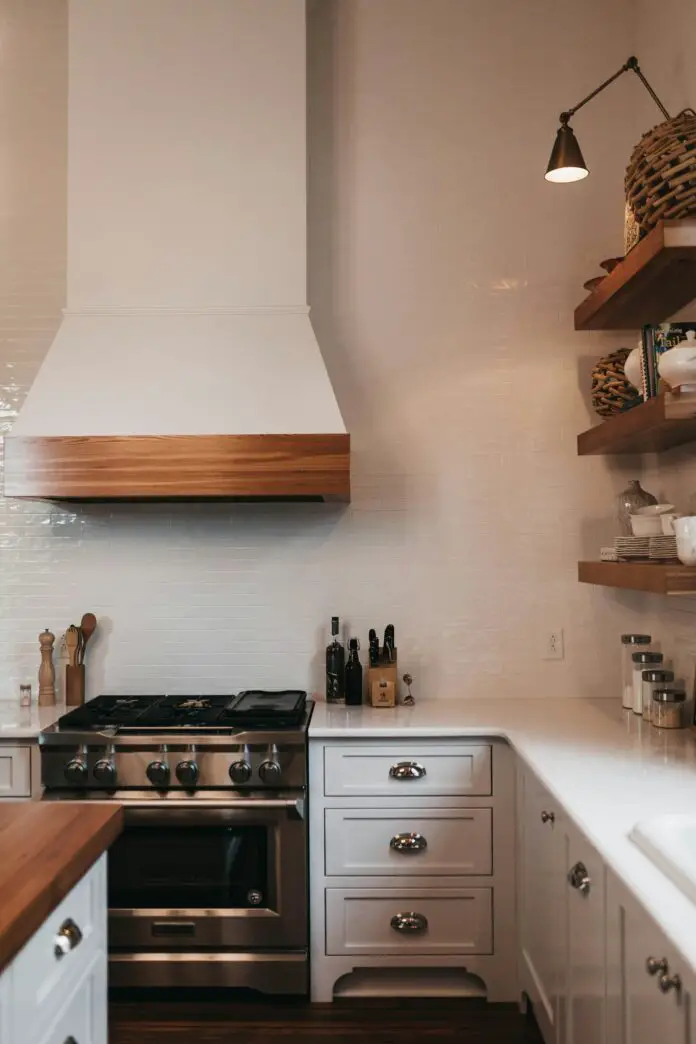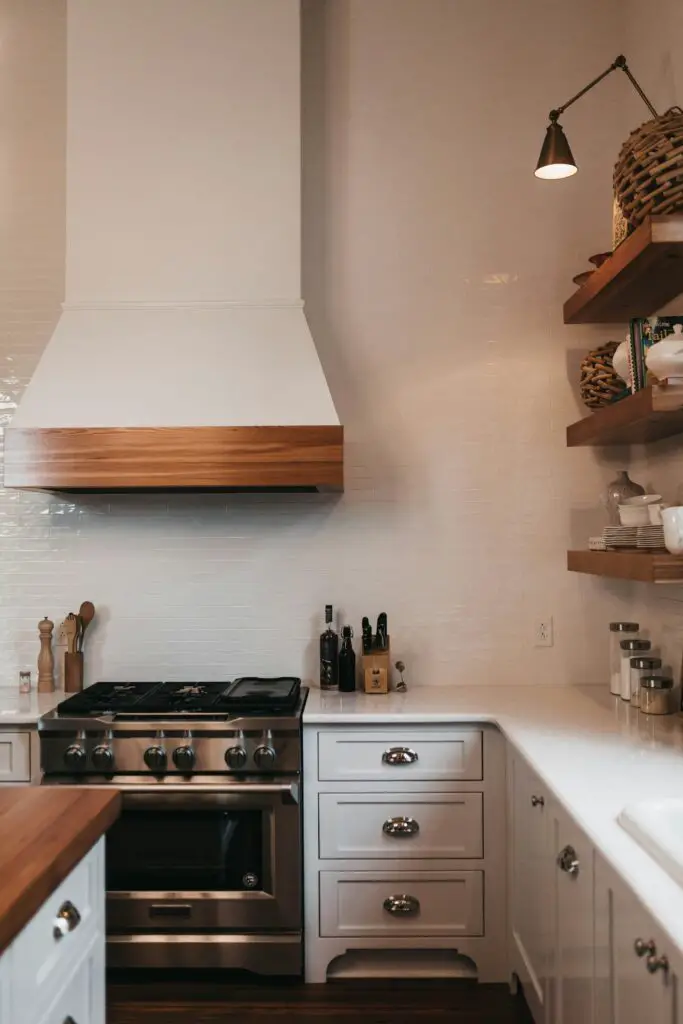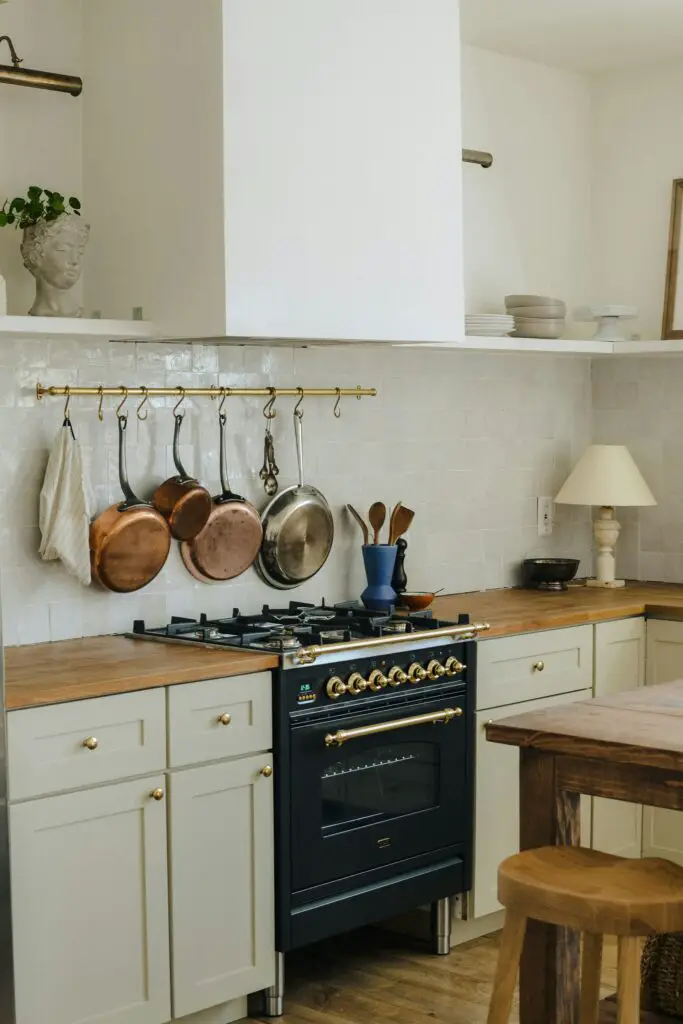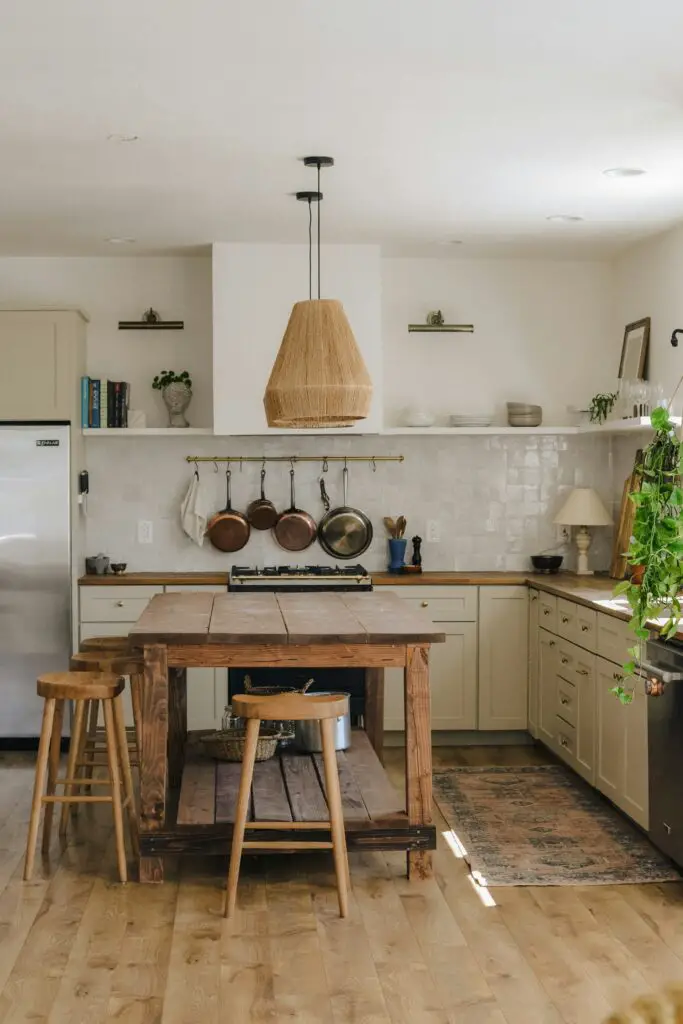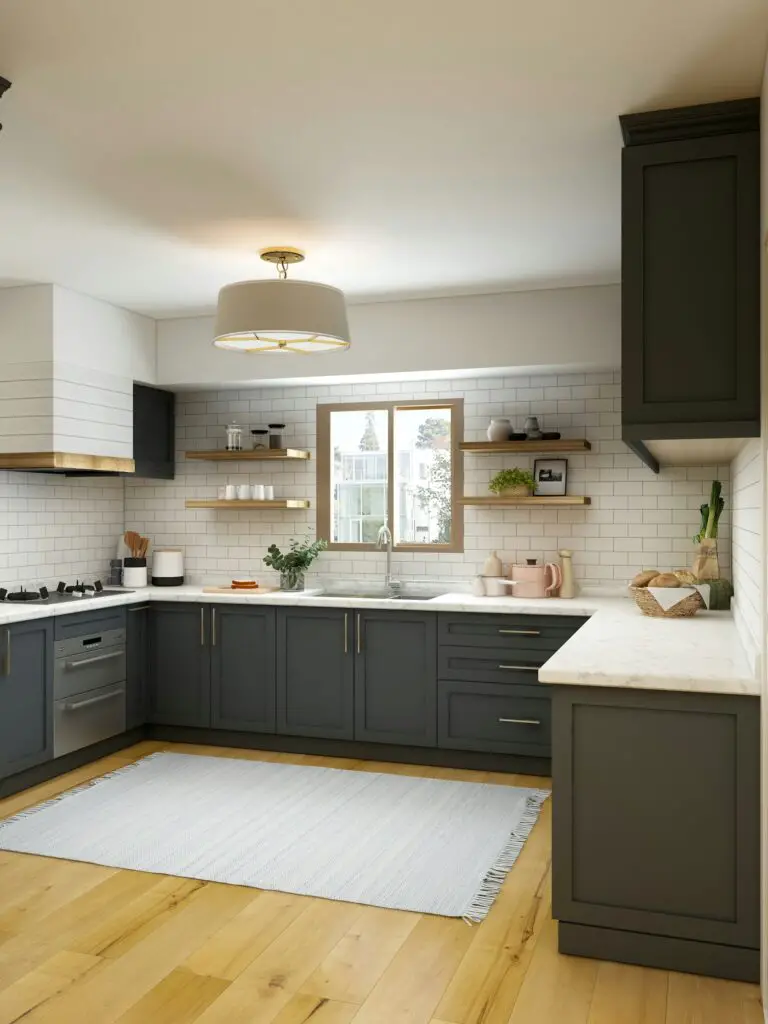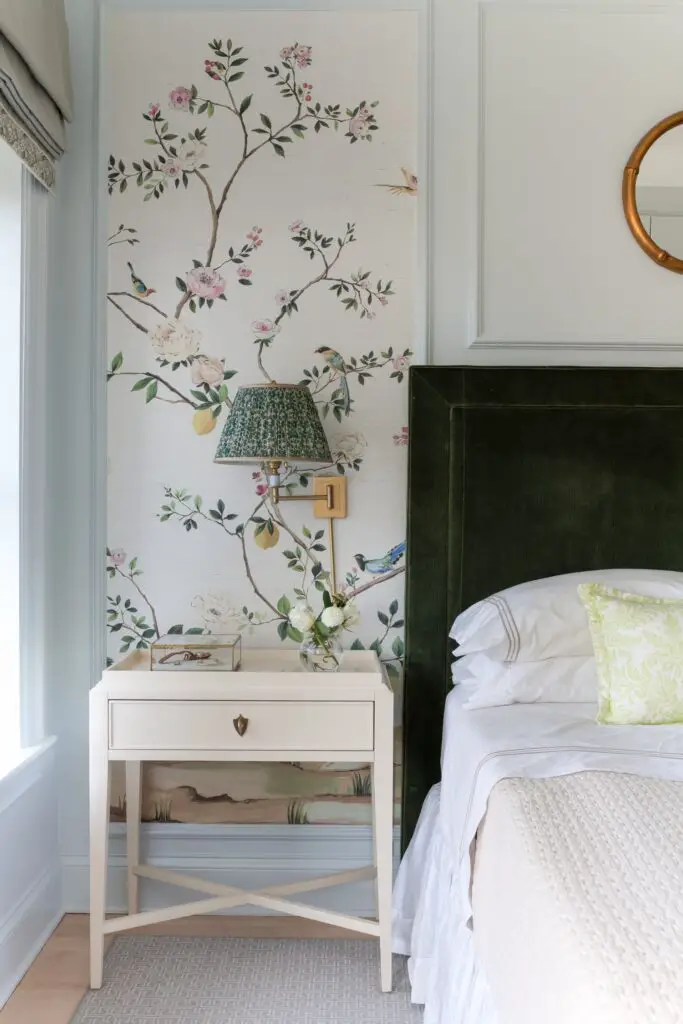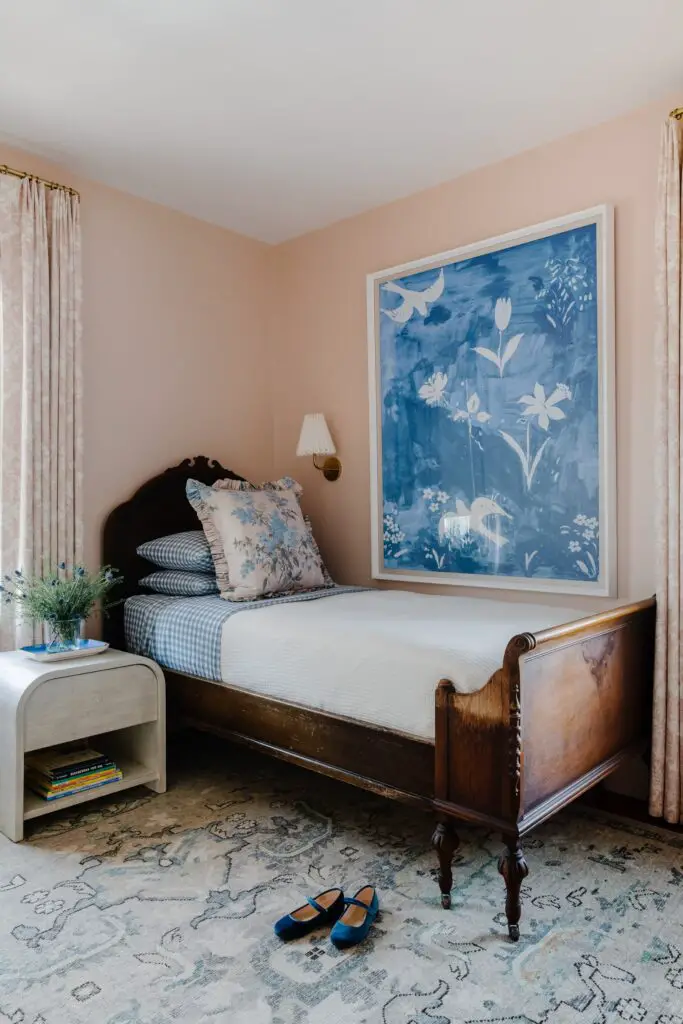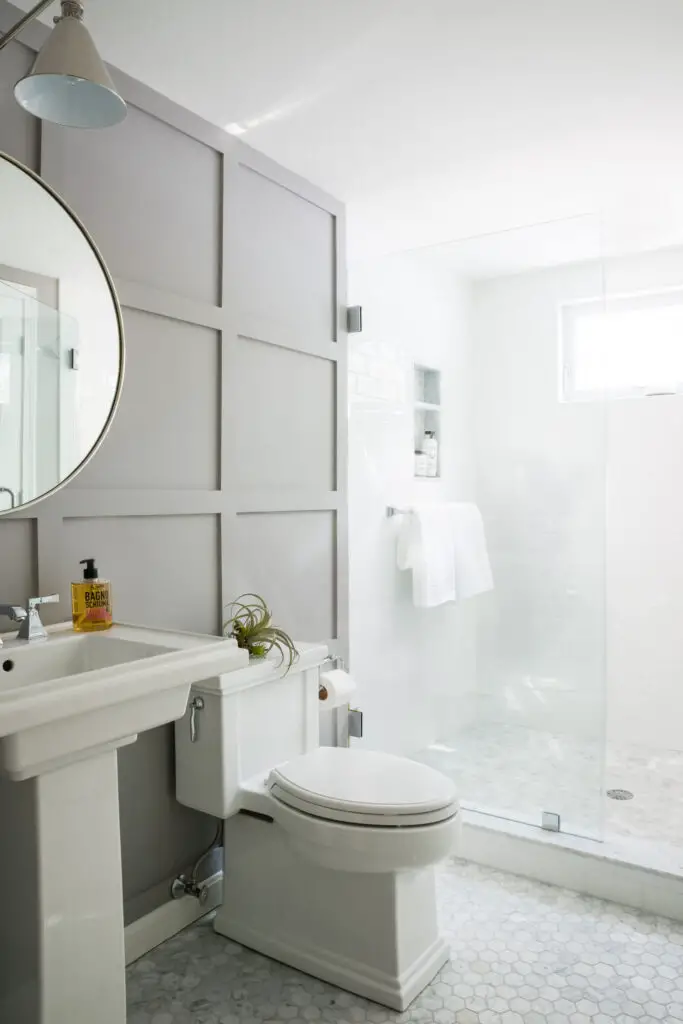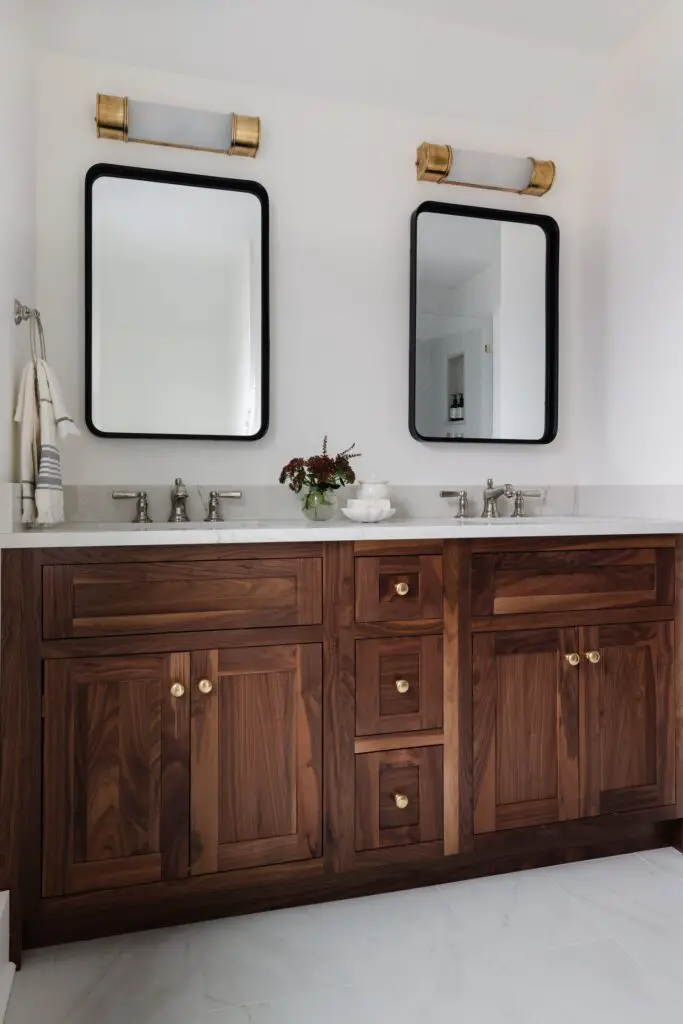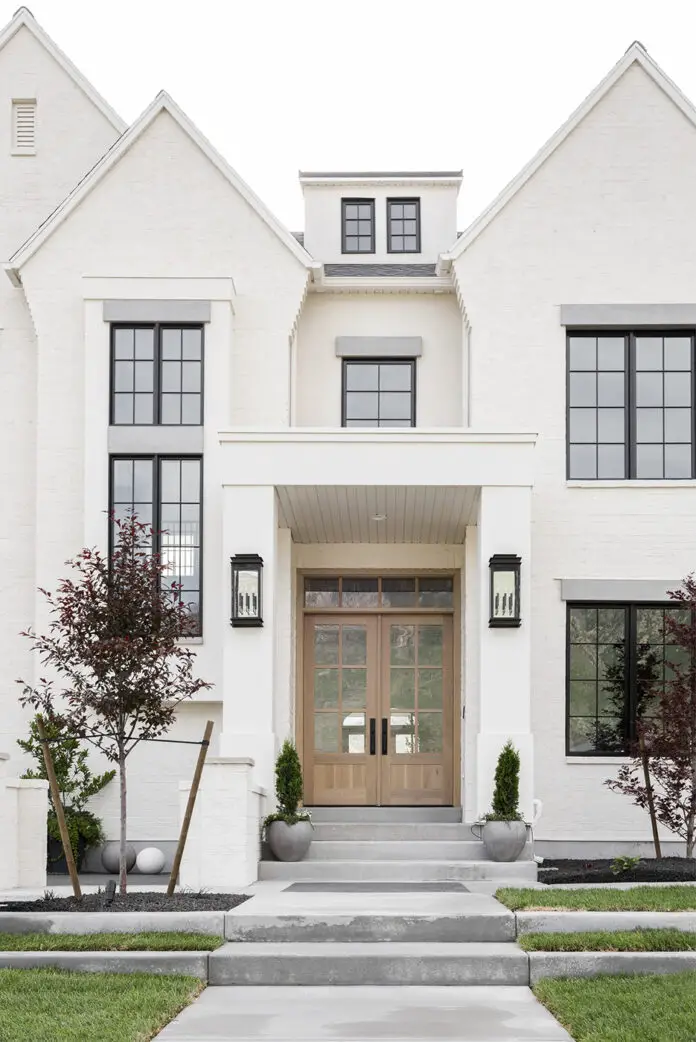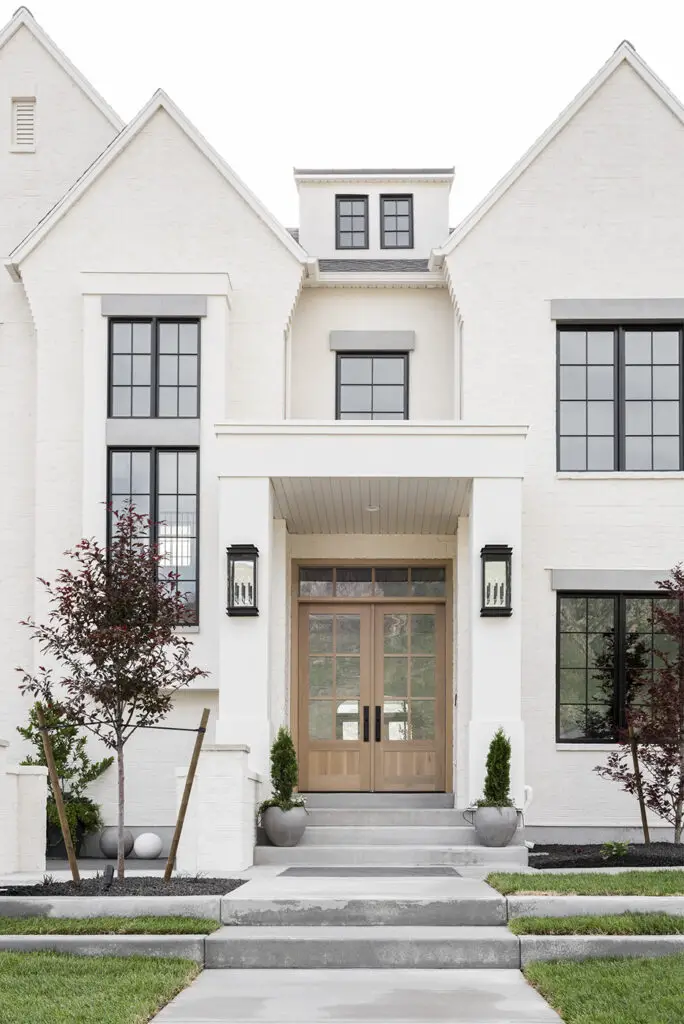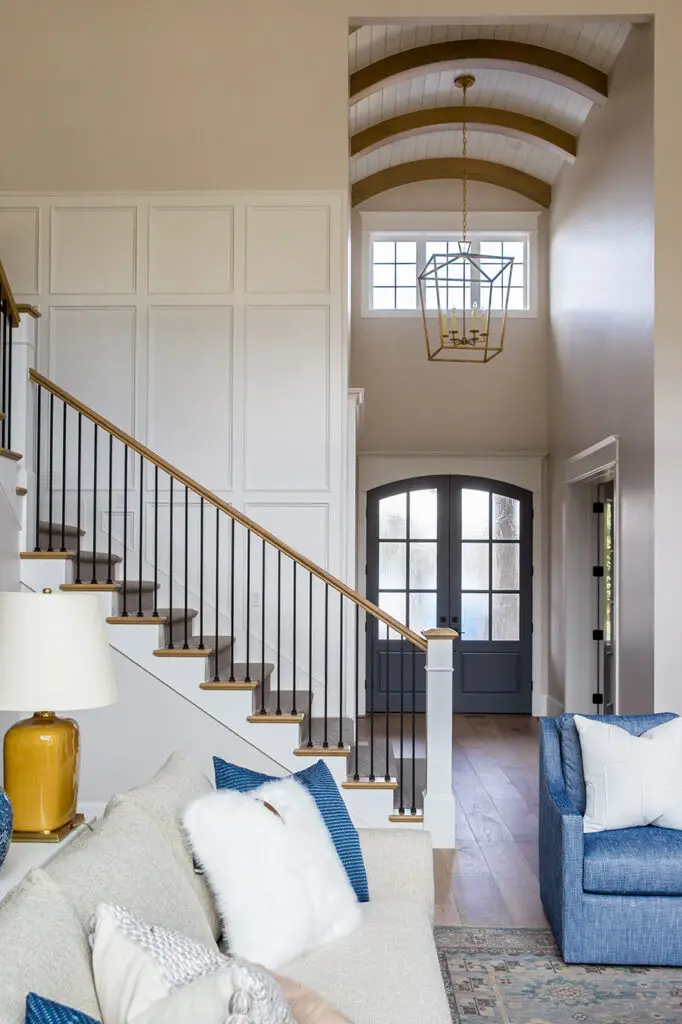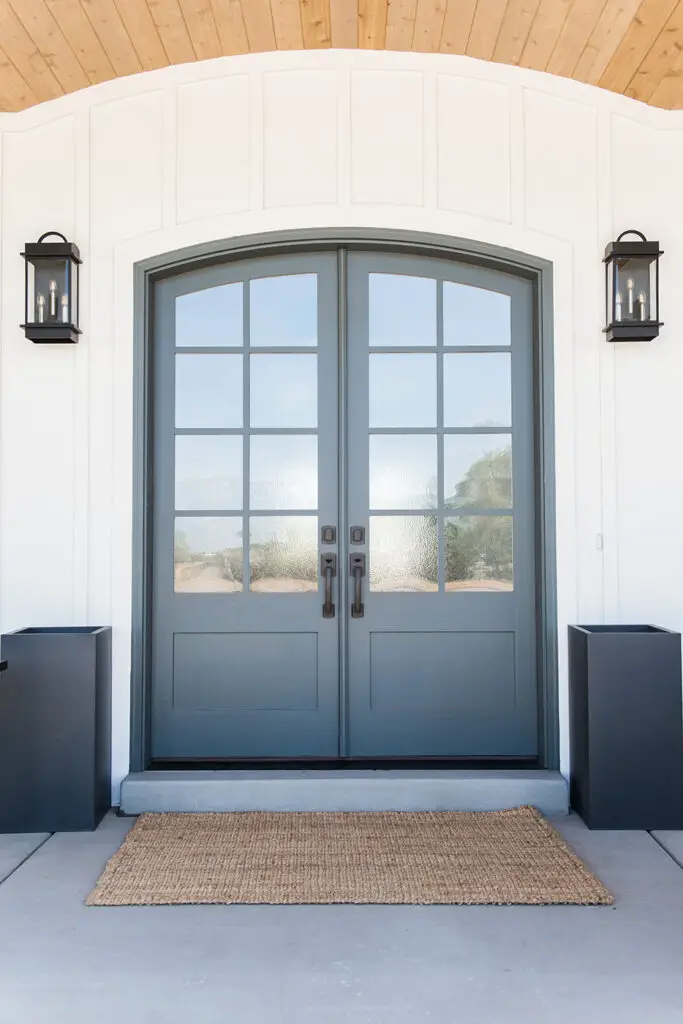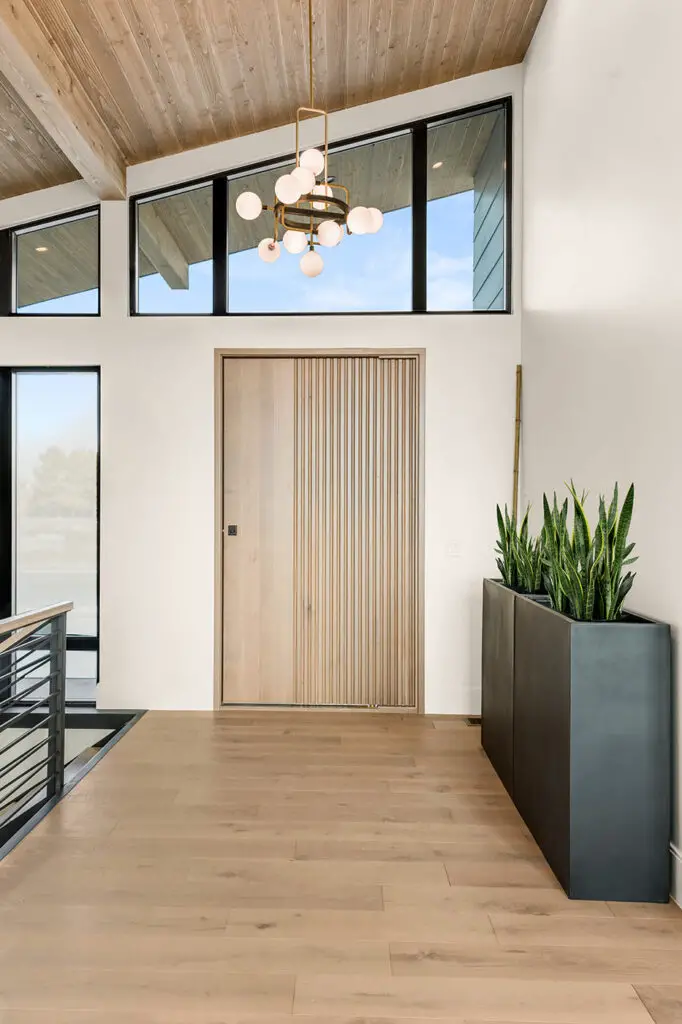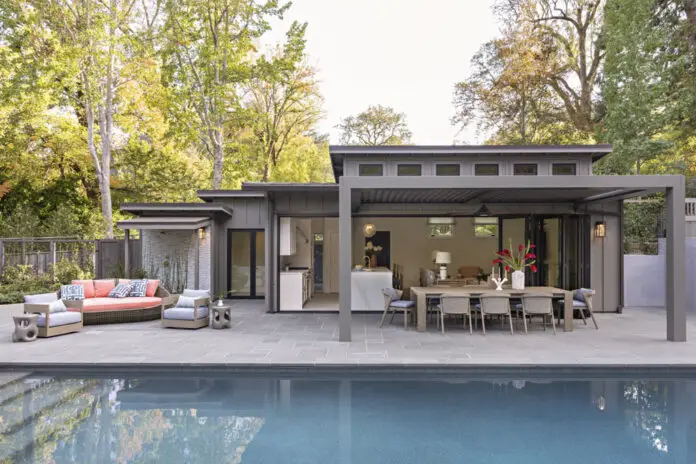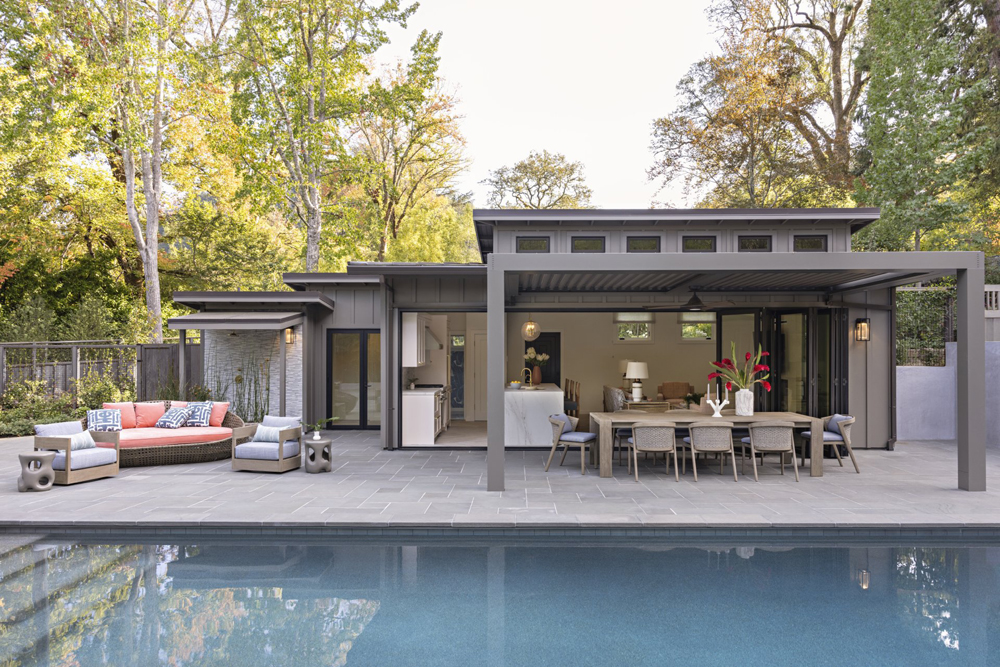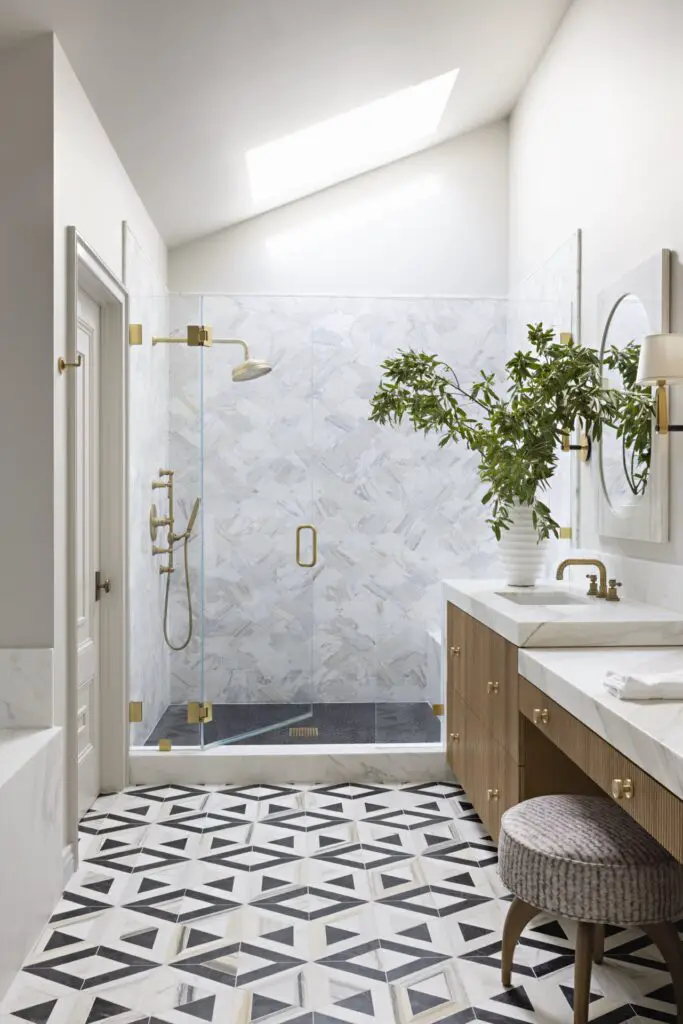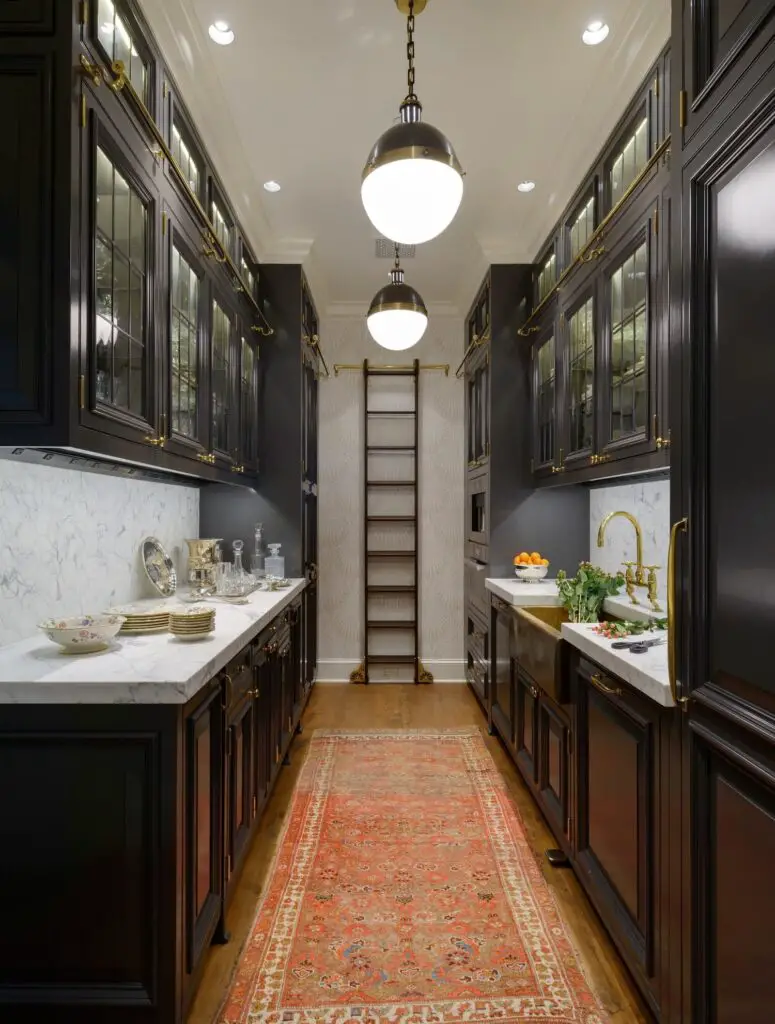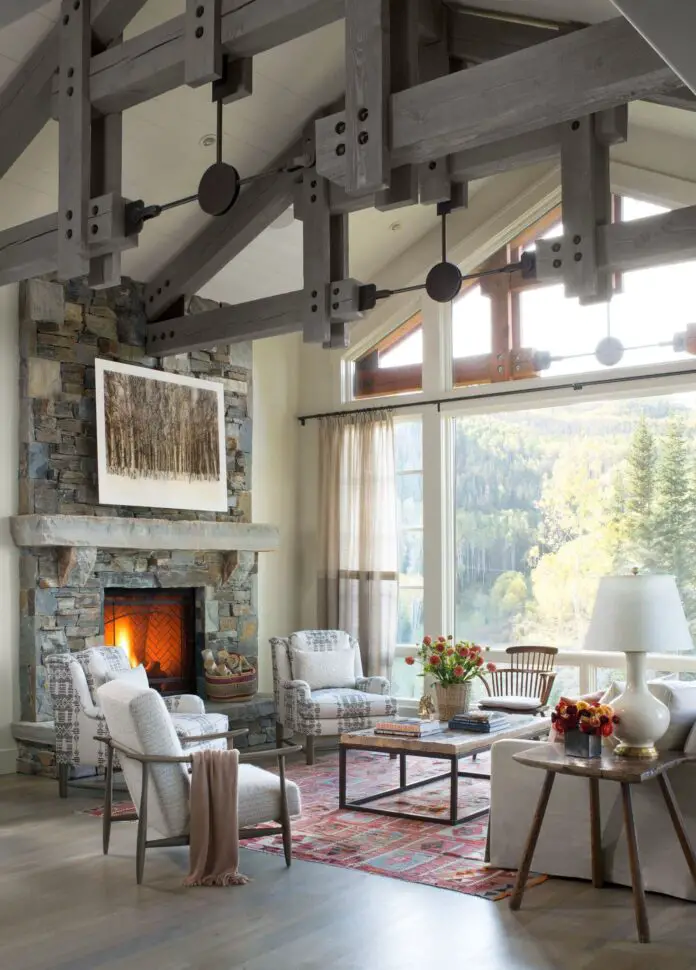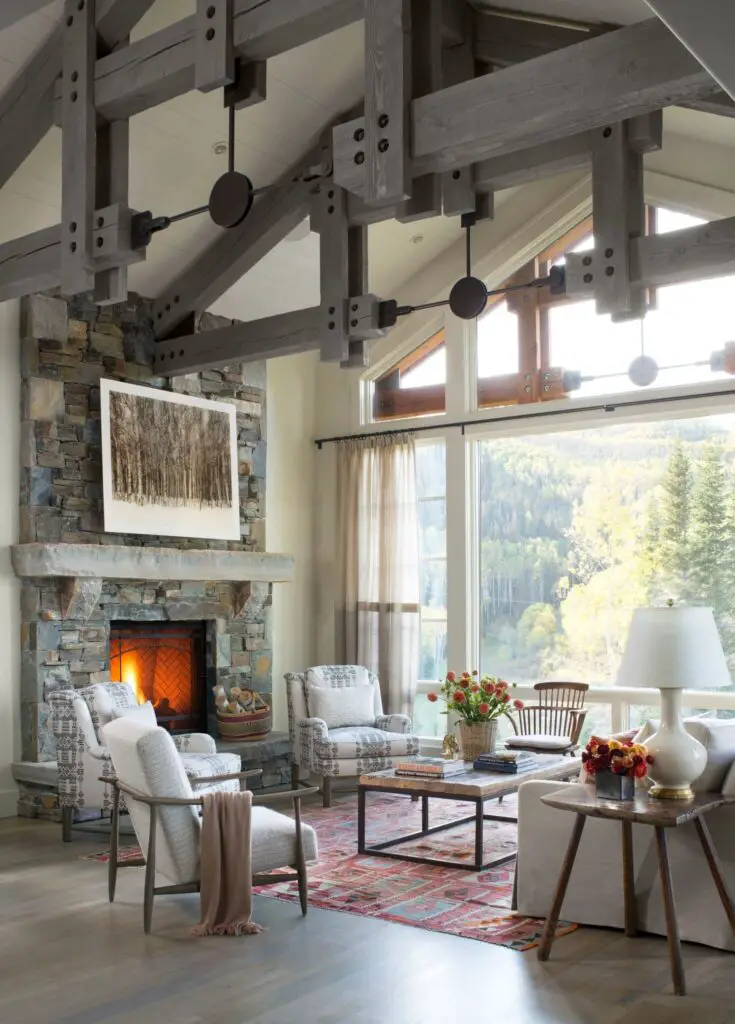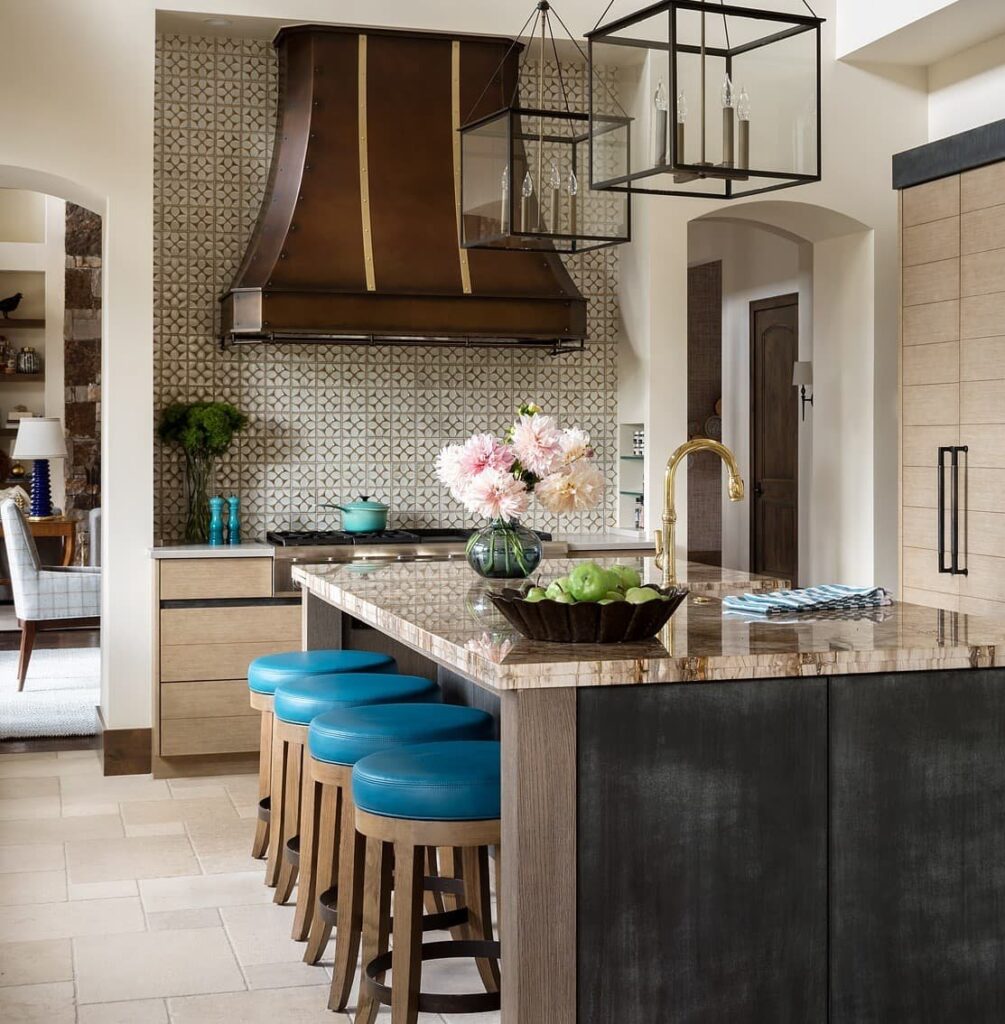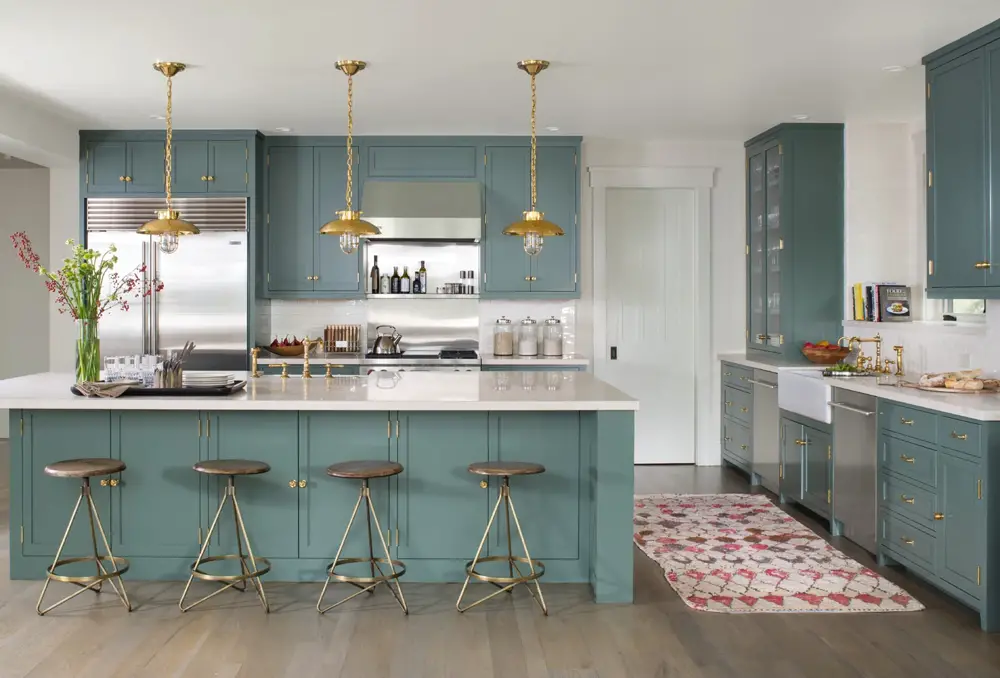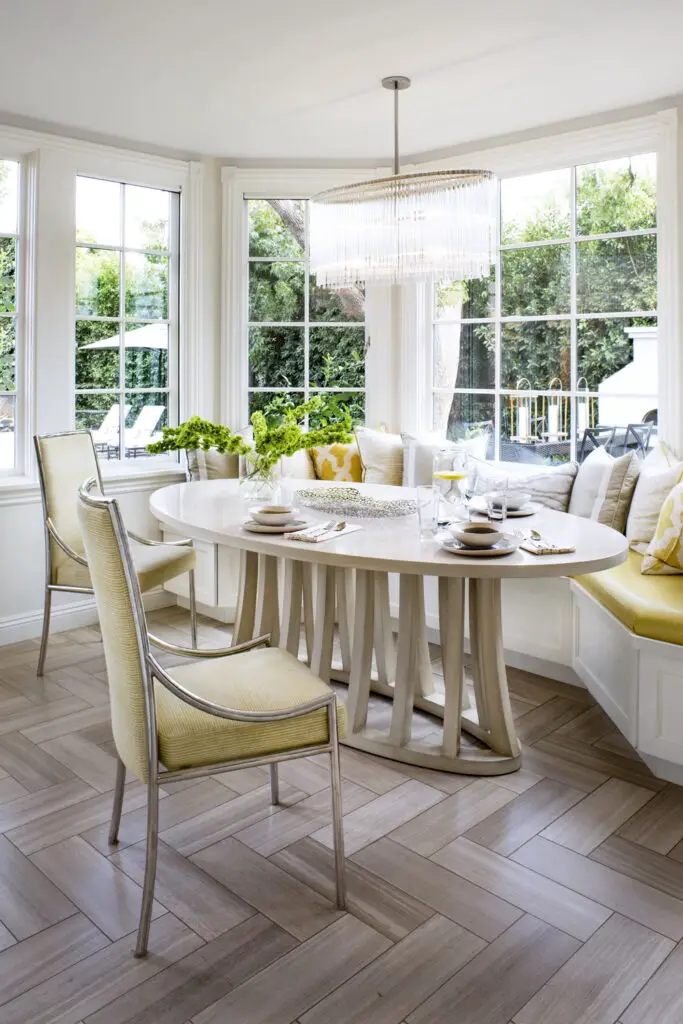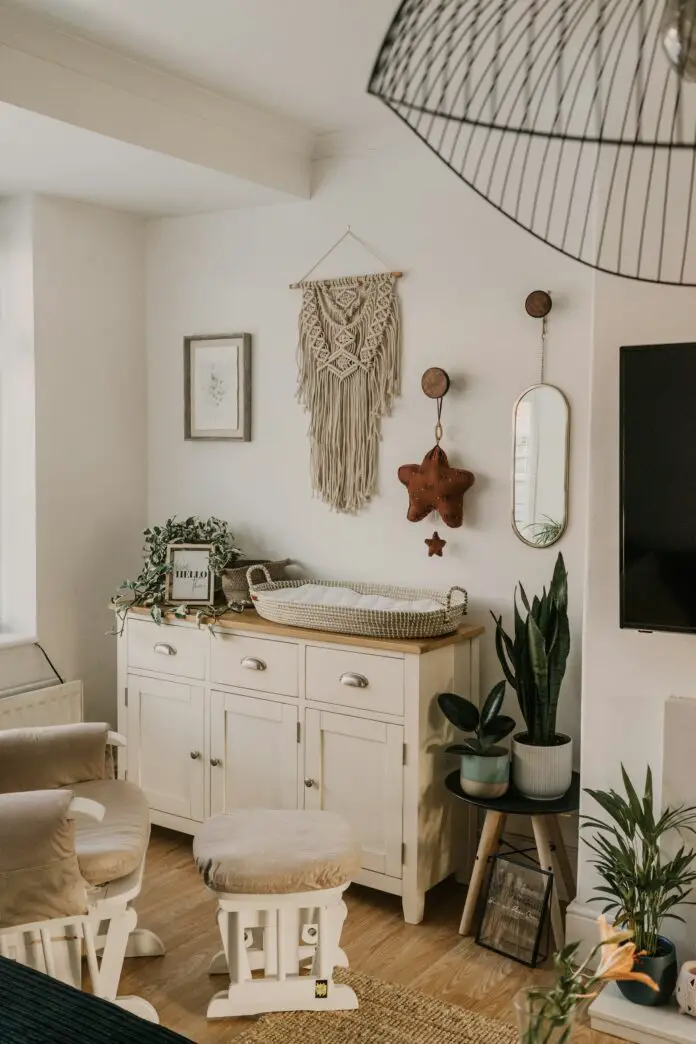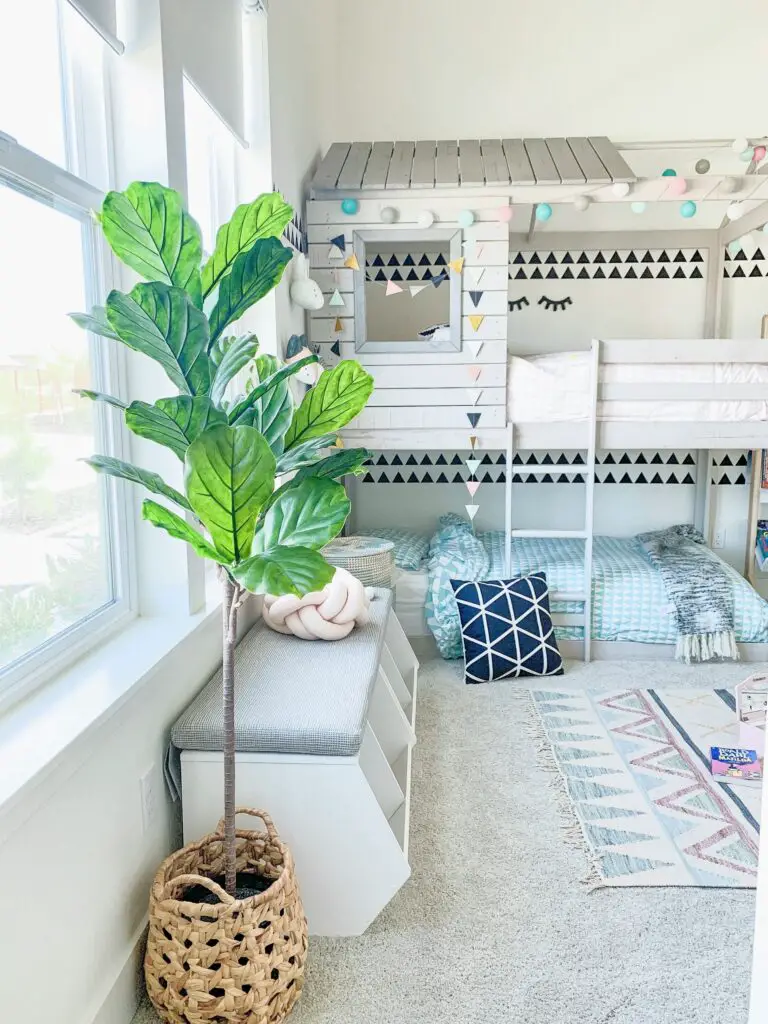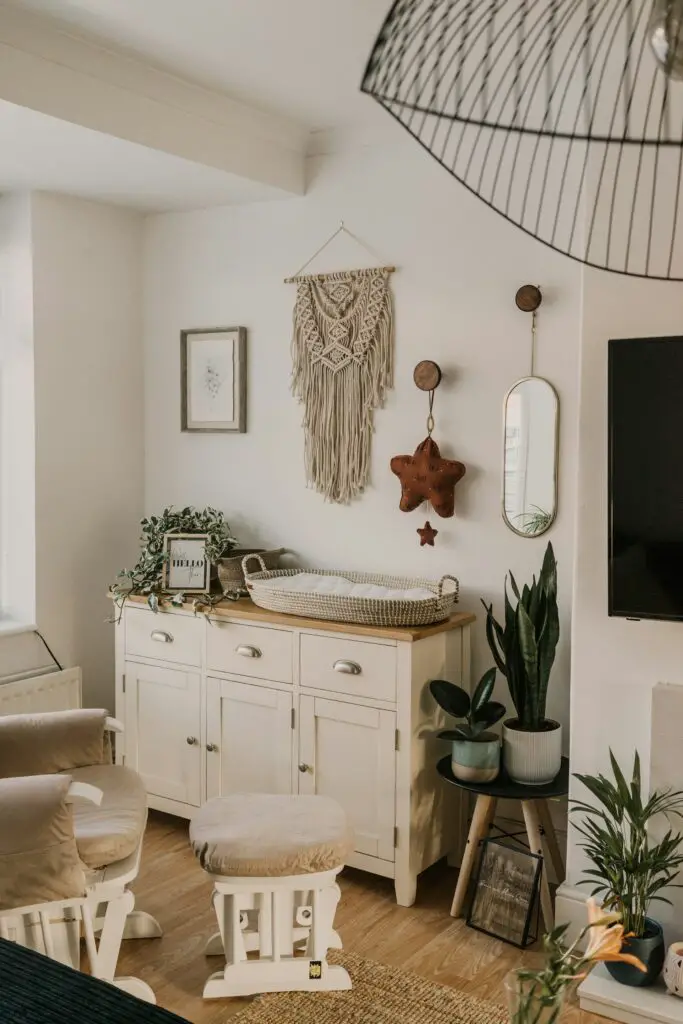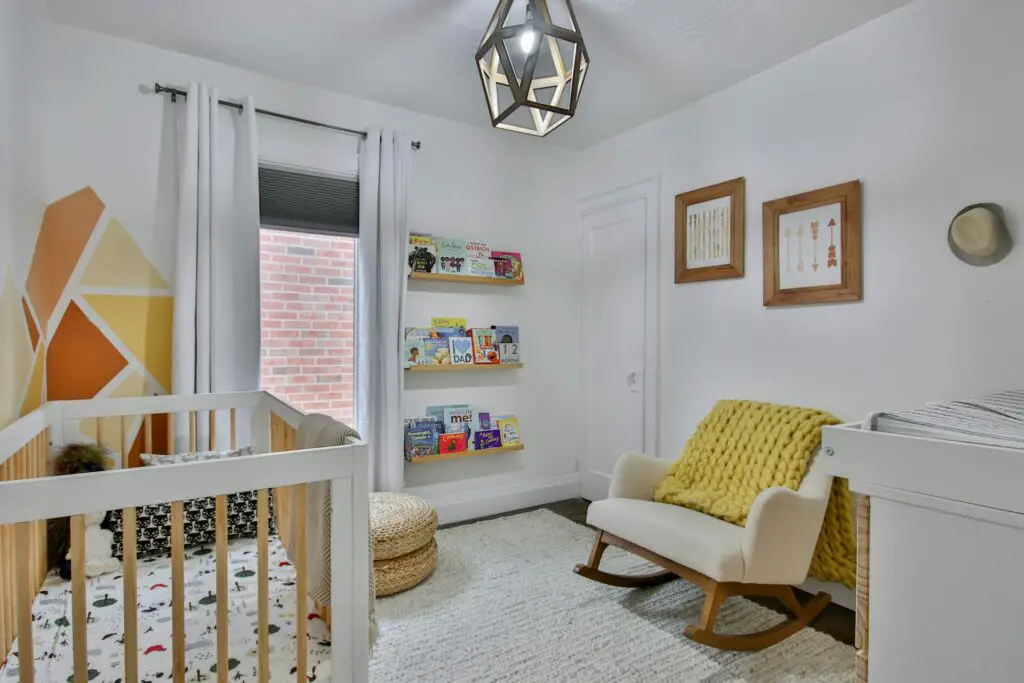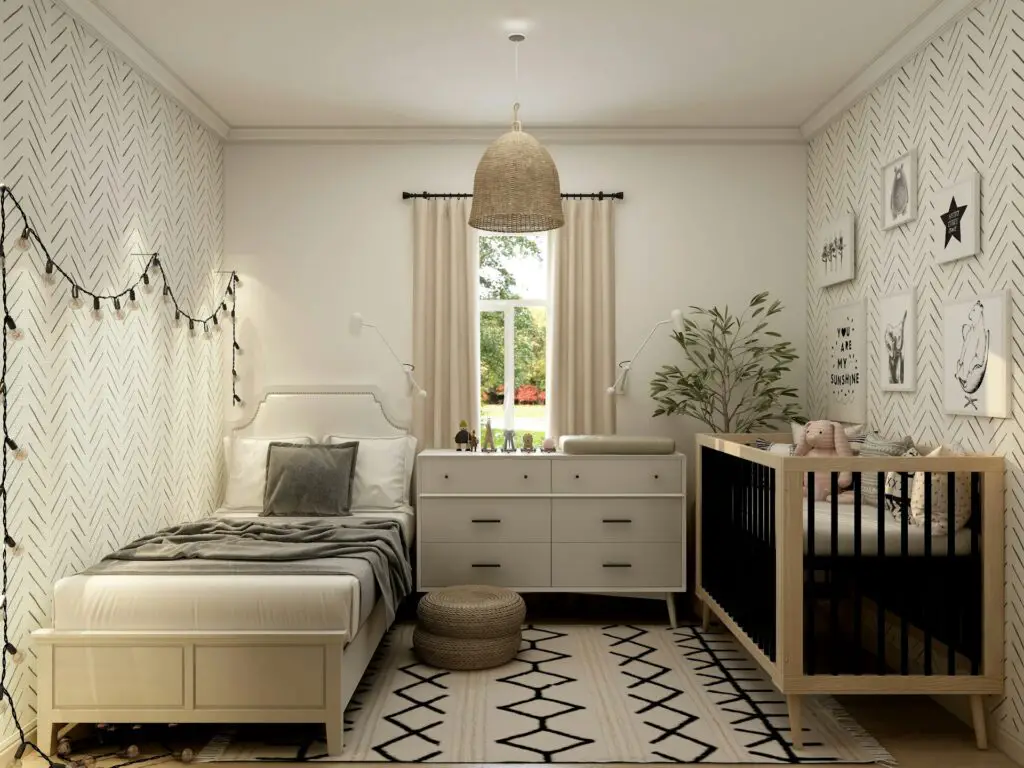Our complete guide to shelf design is much more than creating a place to store books; it’s about integrating a functional and aesthetic piece into your living space. Here’s the complete guide to shelf design:
First, Planning and Purpose
- Define Purpose: Determine the primary use of the bookshelf. Is it purely for books, or will it display decorative items, photographs, or a mix?
- Assess Space: Measure the available space where the bookshelf will be placed. Consider height, width, and depth to ensure it fits well without overwhelming the room.
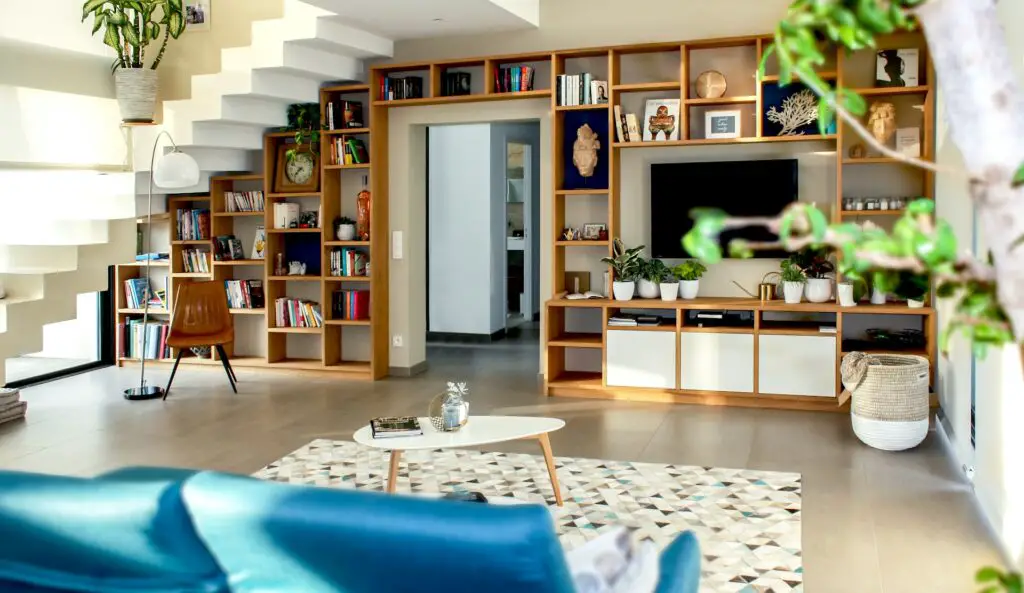
Photo by Pickawood on Unsplash
Types of Bookshelves
- Freestanding: Versatile and can be moved easily. Ideal for renters or those who like to rearrange furniture frequently.
- Built-in: Custom-fitted to the room, often from floor to ceiling. Provides a seamless look and maximizes storage.
- Floating: Wall-mounted shelves that appear to “float.” Great for a minimalist look and smaller spaces.
- Modular: Consists of individual units that can be rearranged or added to over time. Offers flexibility in design and layout.
- Corner: Designed to fit into the corner of a room, making use of otherwise wasted space.
- Ladder: Leaning against the wall, these shelves provide a casual and stylish look, often used for lighter items and decor.
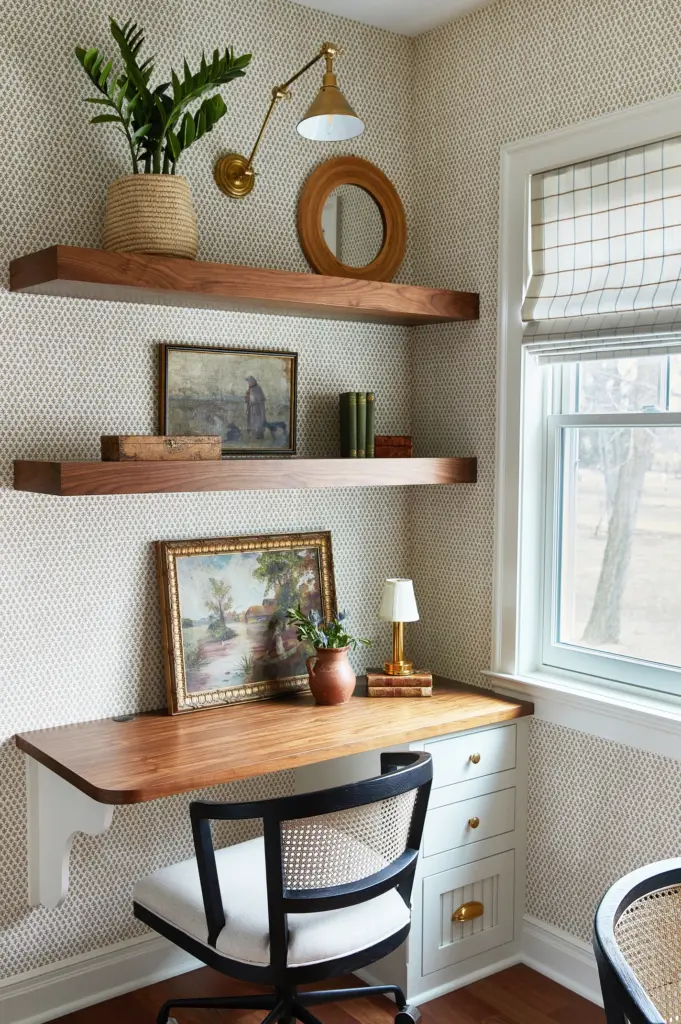
used with permission from M+M Consultants
Design Considerations
- Material: Choose materials based on style and durability. Options include wood (solid, plywood, MDF), metal, glass, or a combination.
- Style: Match the bookshelf style with your interior design—modern, traditional, industrial, rustic, etc.
- Color: Neutral colors for a versatile look, bold colors to make a statement, or natural wood finishes for warmth.
- Adjustable Shelves: For flexibility in storing items of varying heights.
- Back Panel: Open-back for an airy feel or solid back for a more substantial look.
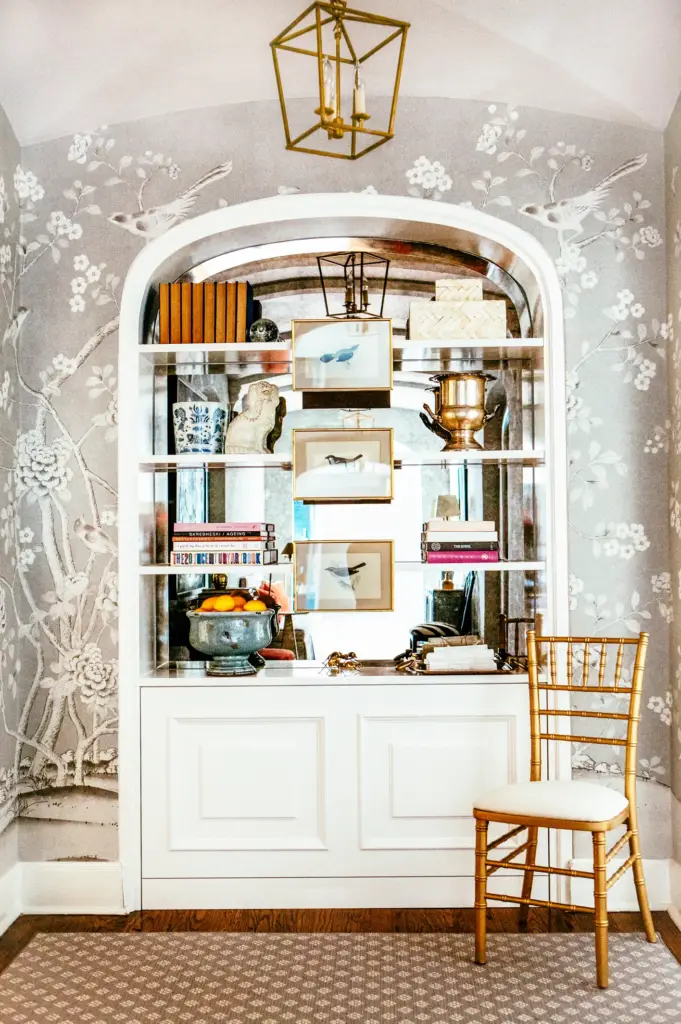
used with permission from M+M Consultants
Functional Features
- Stability: Ensure the bookshelf is stable, especially if it’s tall. Secure freestanding units to the wall to prevent tipping.
- Weight Capacity: Consider the weight capacity of the shelves, especially if storing heavy books.
- Accessibility: Ensure items are easily accessible, especially frequently used books or decor.
Customization and DIY
- Custom Builds: Work with a carpenter for built-in units tailored to your space and needs.
- DIY Projects: For a personal touch, consider building your own bookshelf. There are many DIY plans available for different skill levels.
Styling Your Bookshelf
What would a complete guide to shelf design be without the actual designing part!
- Book Arrangement: Organize books by size, color, or genre. Mix horizontal and vertical stacks for visual interest.
- Decor Items: Incorporate decorative objects like vases, picture frames, and sculptures to break up rows of books.
- Greenery: Add plants for a touch of nature and to soften the look.
- Art and Photos: Display artwork or personal photos to make the shelf more personal and engaging.
- Balance: Achieve a balanced look by distributing items evenly. Avoid overcrowding.
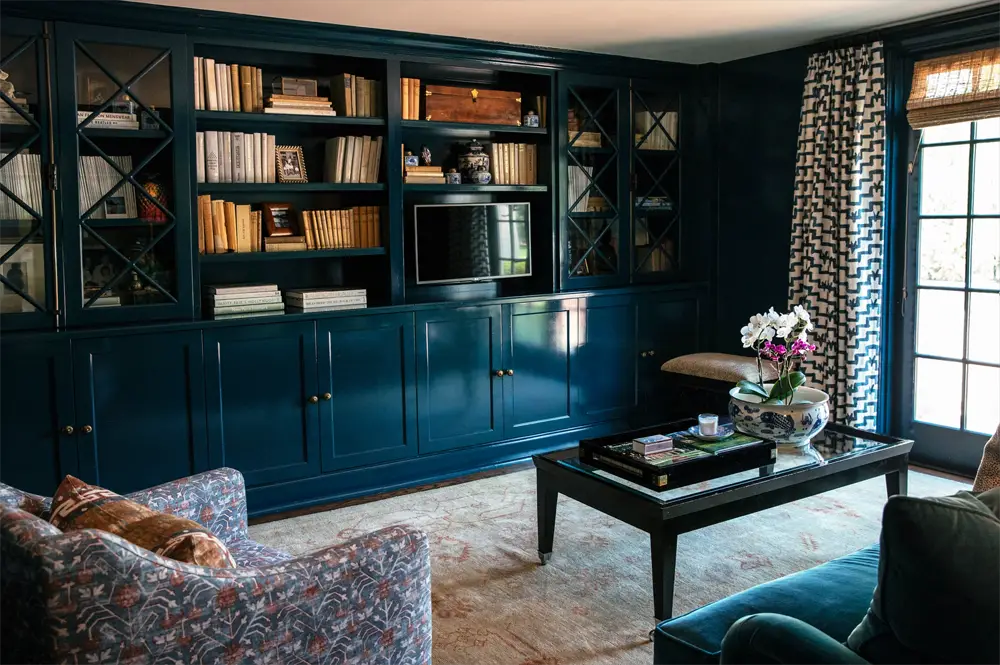
used with permission from M+M Consultants
Maintenance and Upkeep
- Regular Cleaning: Dust shelves regularly to keep them clean and tidy.
- Reorganize: Periodically refresh the arrangement to keep the look interesting.
- Check for Damage: Ensure there are no structural issues or damage to the materials over time.
Finally, Inspiration and Trends
- Minimalist: Clean lines, neutral colors, and a less-is-more approach.
- Eclectic: Mix and match styles, colors, and items for a personalized, collected look.
- Industrial: Metal frames, wood shelves, and a rugged aesthetic.
- Scandinavian: Light woods, simple designs, and functional elegance.
By using this complete guide to shelf design, you can design a bookshelf that not only meets your storage needs but also enhances the overall aesthetic of your space. Don’t miss our post: 10 Epic Ideas to Design Your Bookshelves






